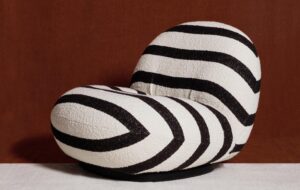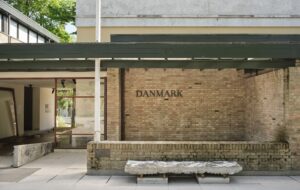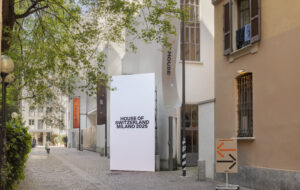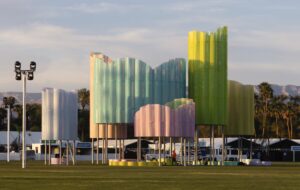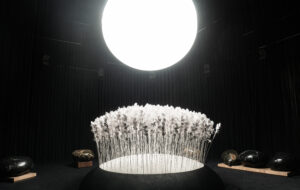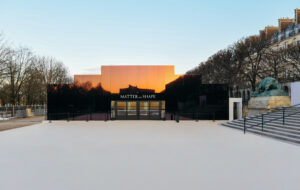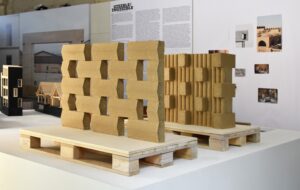The brand associated with plastic bricks and play goes all serious and sustainable. Is this a grand return to the company’s wooden roots?
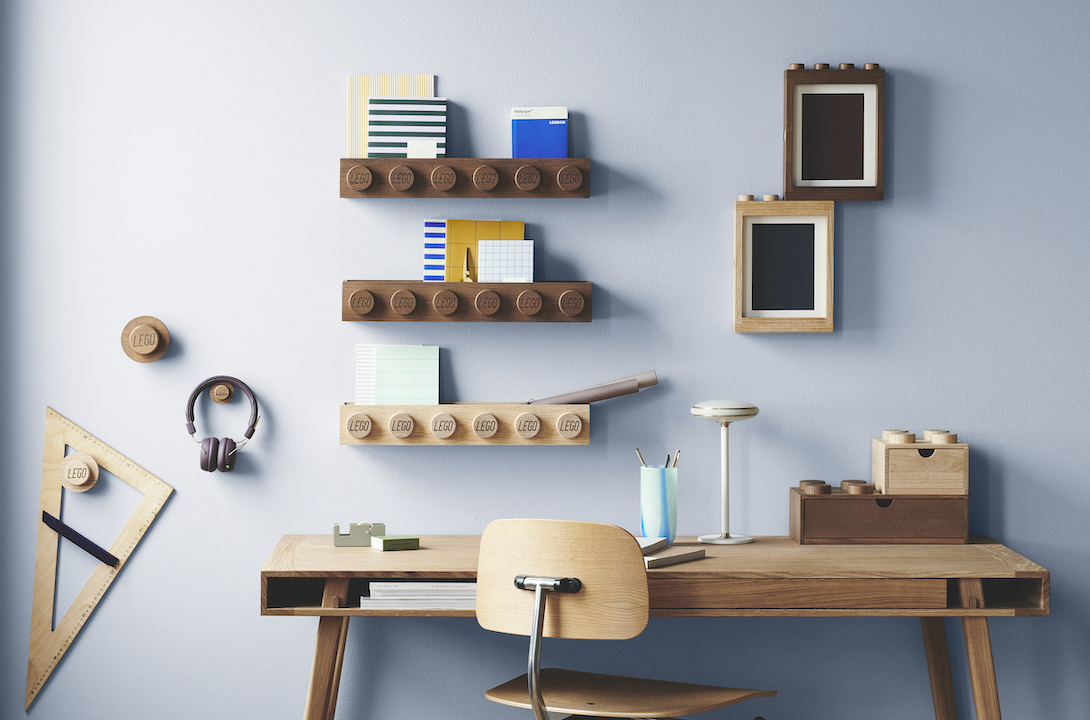
Words by Francesca Perry
LEGO, the brand known for its little plastic bricks, has developed its first collection of wooden homeware, in collaboration with Danish brand Room Copenhagen.
The range – which includes picture frames, wall hangers, book racks and desk drawers – draws on the signature aesthetic of LEGO bricks, and bears the brand’s recognisable logo, but is manufactured from red oak. Garish colours and toy creations have been replaced with a pared-back, minimal, sustainable design for domestic uses – though the stackable and modular qualities remain.
With this debut collection, LEGO is undoubtedly trying to position itself in the contemporary Nordic design/lifestyle sphere, perhaps inevitable given it is a Danish brand (LEGO comes from the Danish phrase ‘leg godt’, which translates to ‘play well’). It is expanding its audience beyond children, and seemingly diversifying the identity of the brand to unexpected realms. Time will tell if it pays off.
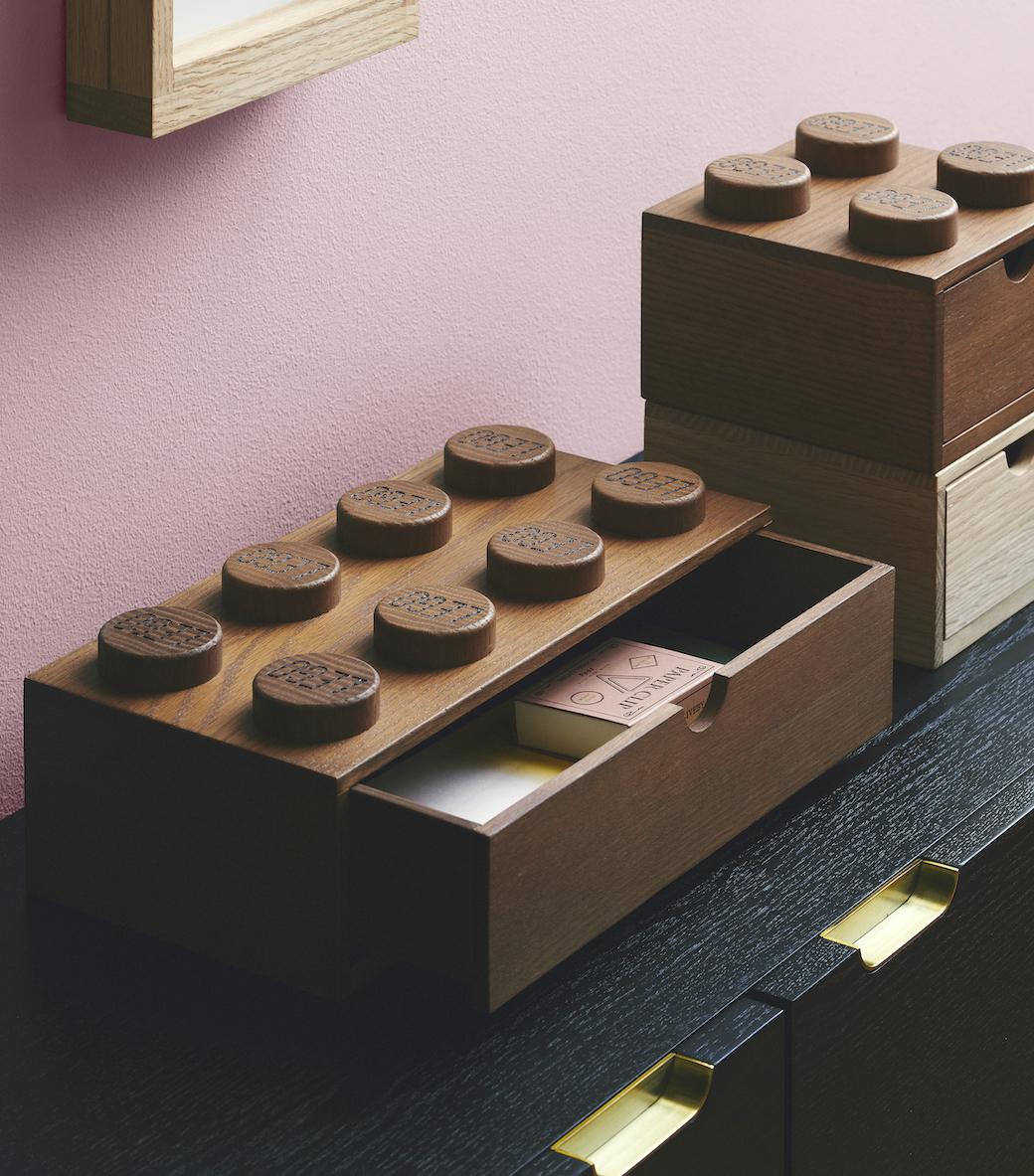
The choice of wood marks a notable departure for a brand that built its empire on mass-produced plastic. Surprisingly, however, LEGO started out in 1932 by making its designs in wood, in the workshop of carpenter Ole Kirk Christiansen. It was 1960 when the company made the full transition to plastic, no doubt to ensure its bricks were more robust and easier to clean, and to ride the wave of a popular material becoming ever more widely available.
It took a fair few decades for the world – and the company – to wake up to the problems of plastic production and plastic waste. These days, LEGO still produces its iconic plastic bricks (at last count, 110 billion per year), but the company has been trying to tackle sustainability. Currently, it is developing bricks made from recycled plastic bottles, and has committed to make LEGO bricks ‘from sustainable sources’ by 2030.
Aside from the launch of a wooden minifigure in 2018, this new homeware collection is the first time the company has worked with wood in over 60 years. It’s unclear, however, whether the use of the material will filter back into LEGO’s toy products and bricks; perhaps it will simply be reserved for the Nordic design-loving adults.
Get a curated collection of design news like this in your inbox by signing up to our ICON Weekly newsletter

